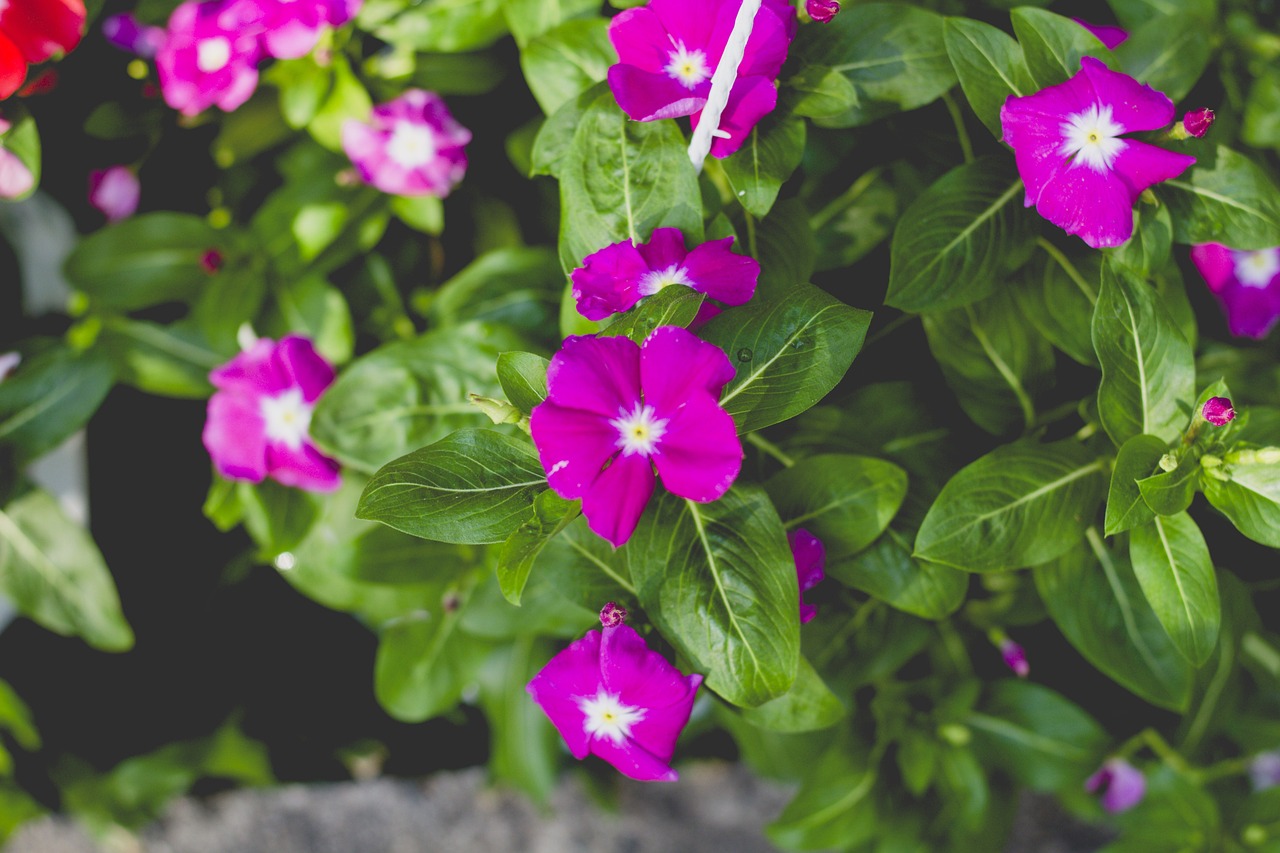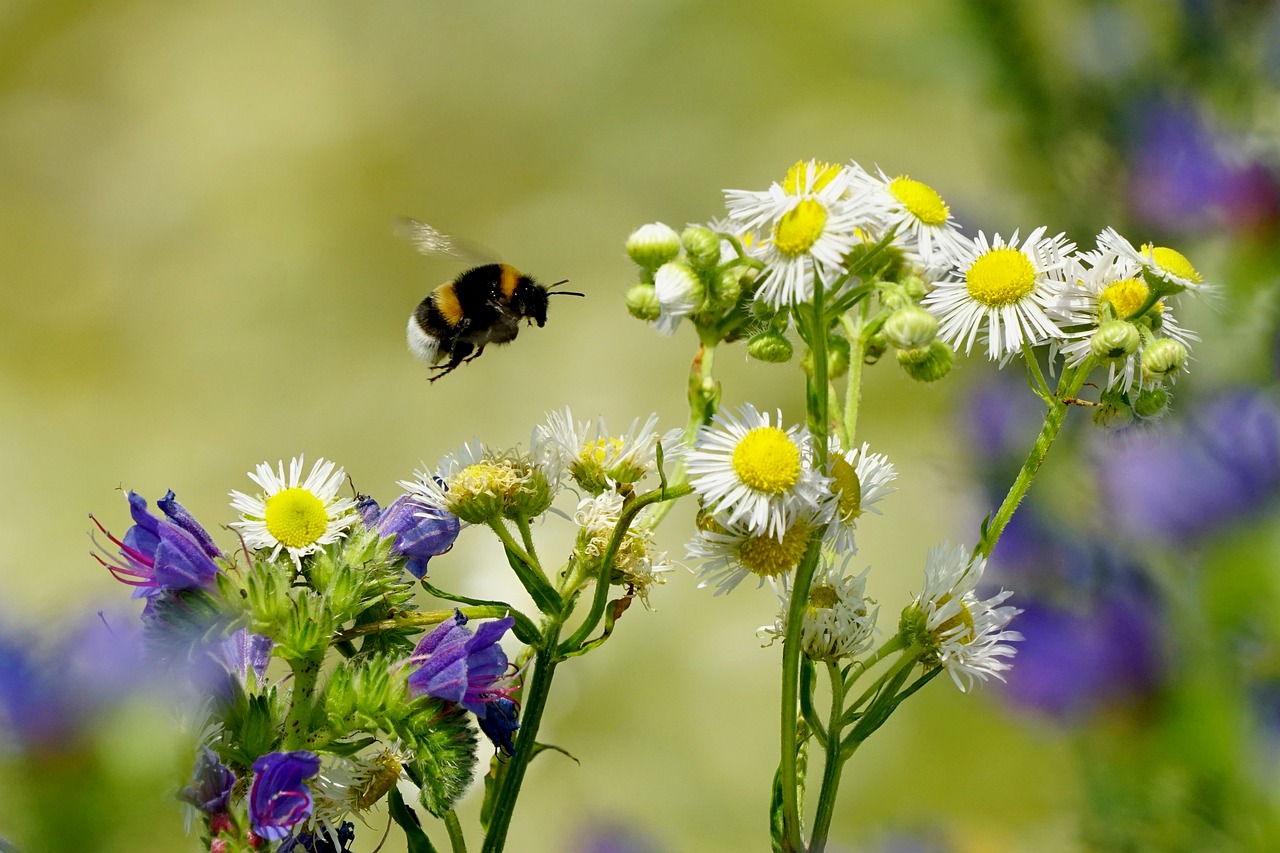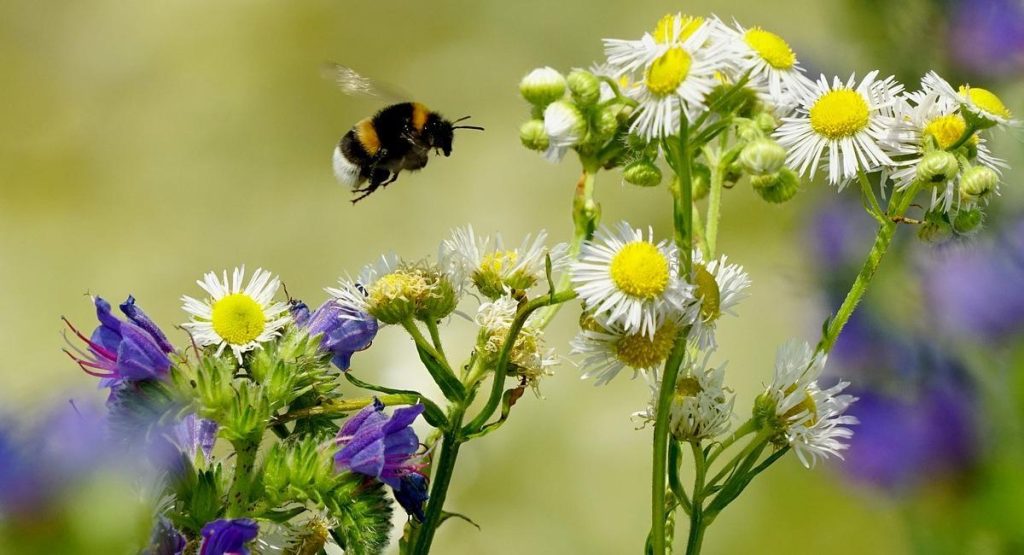Native Plants for Spring Gardens: Enhancing Biodiversity in Your Yard
In today’s fast-paced world, where concrete jungles are expanding and the greenery in our landscape decreases, preserving biodiversity has become more crucial than ever. As urbanisation expands, natural habitats shrink, and many species face the risk of extinction. However, there is hope blooming right in our backyards. By embracing spring plants and incorporating biodiversity-focused gardening practices, we can play a significant role in conserving and enhancing the richness of our natural environment.
The Importance of Biodiversity in Gardens
Biodiversity refers to the wide range of life forms present in a particular ecosystem. It contains not only plants but also animals, fungi, and microorganisms, all of which play an essential role in maintaining ecological balance. Gardens, whether large or small, urban or rural, have the potential to serve as vital refuges for biodiversity.

When we design our gardens to support diverse plant species, we create habitats that attract a wide range of insects, birds, and other wildlife. This, in turn, fosters ecological resilience, as diverse ecosystems are better able to withstand environmental stresses such as pests, diseases, and climate fluctuations. Additionally, gardens rich in biodiversity can enhance soil health, promote pollination, and contribute to carbon sequestration.
Pollinators & Plants: The Backbone of Biodiversity
Pollinators and plants are species that naturally appear in a particular region and have evolved alongside the local environment over thousands of years. They are adapted to the climate, soil, and wildlife of their native habitat, making them well-suited for the conditions in which they are grown. Creating a biodiverse garden with Spring plants offer numerous benefits for biodiversity and are essential components of any biodiversity-focused garden.
Spring is a time of renewal and awakening in the garden, making it an ideal season to celebrate and embrace spring plants. Here are some reasons to incorporate spring plants into your garden:

Support Local Wildlife: Native spring plants provide essential food sources, shelter, and nesting sites for native insects, birds, and other animals. Many species of pollinators, such as bees and butterflies, rely on native plants for nectar and pollen, making them indispensable for ecosystem health.
Water-Wise Landscaping: Native plants are typically well-adapted to local rainfall patterns and soil conditions, requiring minimal supplemental watering once established. By choosing native spring plants for your garden, you can reduce water consumption and create a more sustainable landscape.
Low Maintenance: Native plants have evolved to thrive in their native habitats without the need for excessive fertilisers, pesticides, or other chemical inputs. As a result, they often require less maintenance than non-native species, saving you time, money, and effort in the long run.
Seasonal Interest: Native spring plants offer a diverse palette of colours, textures, and fragrances that can enhance the beauty and visual appeal of your garden throughout the spring season. From delicate wildflowers to majestic flowering trees, there is a native plant to suit every taste and preference.
Tips for Enhancing Biodiversity in Your Garden
Ready to roll up your sleeves and start cultivating biodiversity in your garden? Here are some practical tips to help you get started:
Choose Native Spring Plants: Research native spring plants that are easy to grow and are good for pollinators then incorporate them into your garden design.Spring plants that would be recommended would be:
- Hazel
- Willow
- Blackthorn
- Hawthorn
- Broom
- Wild Cherry
These species are not recommended for hedgerows: Horse Chestnut, Beech, Laburnum, Lilac, Lime. These species can be considered invasive and should not be planted: Fuchsia, Cherry Laurel, Rhododendron, Sycamore, Snowberry.
Look for plants that are well-suited to your specific growing conditions, such as soil type, sun exposure, and moisture levels.
Create Habitat Diversity: Aim to create a variety of microhabitats within your garden to accommodate a wide range of plant and pollinators. Include features such as flowering shrubs, meadow areas, rockeries, and water features to attract different types of wildlife.
Plant for Pollinators: Select a mix of flowering plants that bloom at different times throughout the spring season to provide a continuous source of nectar and pollen for pollinators. Be sure to include a diversity of flower shapes, sizes, and colours to attract a variety of bee and butterfly species. The vibrant blooms found in “wildflower” seed mixes are not the same as the native, naturally occurring wildflowers, such as:
- Clovers
- Dandelion
- Birds-foot trefoil
These are actually necessary for our pollinators. To encourage the appearance of these flowers, simply cut back on your lawn mowing. It’s better for biodiversity and significantly less expensive!
Avoid Chemical Inputs: Minimise or eliminate the use of chemical fertilisers, pesticides, and herbicides in your garden, as these can harm beneficial insects, birds, and other wildlife. Instead, practise organic gardening methods such as composting, mulching, and natural pest control techniques.
- Beneficial Insects: It’s a good idea to utilize strategies to attract beneficial insects, such as ladybirds, hoverflies, and lacewings, which can feast thoroughly on garden pests. It’s like hiring a fighter squad to protect your garden—you can even buy supplies of advantageous nematodes. (As opposed to warfare using chemicals).
Manual Pest Control: It may not seem like the most pleasant task, but hand-picking slugs or even smaller insects like aphids and dispatching them elsewhere can stop an infestation in its tracks.
Provide Shelter and Nesting Sites: Incorporate features such as dense shrubs, trees, and brush piles to provide shelter and nesting sites for birds, small mammals, and other wildlife. Leave some areas of your garden unmanicured to create natural habitats for ground-dwelling insects and other creatures.
Practice Sustainable Garden Management: Practise responsible garden management techniques, such as proper soil stewardship, water conservation, and waste reduction, to minimise your environmental impact and promote long-term sustainability.

Conclusion
By embracing spring plants and implementing biodiversity-focused gardening practices, we can transform our gardens into vibrant sanctuaries for pollinators. Whether you have a small urban plot or a sprawling rural estate, there are endless opportunities to create diverse and ecologically rich landscapes that support the web of life. So, roll up your sleeves, dig in the dirt, and let your garden bloom with the beauty and abundance of spring plants and pollinators. Together, we can cultivate a greener, healthier, and more biodiverse world, one garden at a time.
Fore more information on how to upkeep your biodiverse garden, check out https://pollinators.ie for more info !




